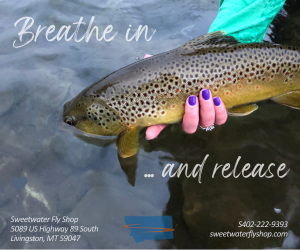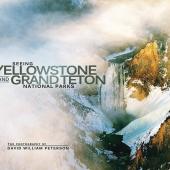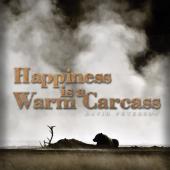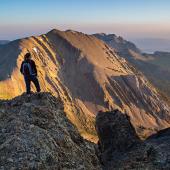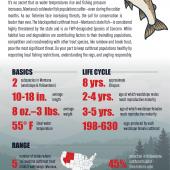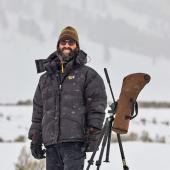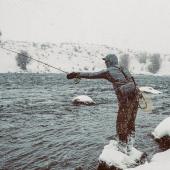Howl at the Moon
After-dark adventures in southwest Montana.
As the sun sets earlier each evening, and the long-lit summer days wane, a new rhythm settles in. After months of staying out past 9:30, we’re not quite ready to call it a night just because it’s dark by six. So, we don’t. Instead, we follow the twilight into the hills, the rivers, and the quiet corners of southwest Montana, chasing a kind of solitude only night can offer.
When the last light slips behind the Bridgers, the world pauses. The chatter of day birds fades and the leaves grow still. For a moment, the forest holds its breath. But night doesn’t mean sleep, not out here. It means transformation. A shift in tempo. A cast of creatures clocks in, and for those of us willing to lace up boots or dip a paddle under the stars, a whole new scene reveals itself.
Of course, venturing out at night requires care. But don’t let fear keep you indoors.
After dark, the natural world grows loud if you know how to listen. Great horned owls take over the treetops, silent as smoke. Beavers slap their tails at dusk, marking territory as they repair dams by moonlight. Foxes and coyotes dart through the shadows. If you’re lucky—or still enough—you might hear elk bugling in the distant hills, their eerie, prehistoric cries echoing across the cold air. In late fall, bears are still moving, feeding hard before hibernation. It’s a quiet reminder: you’re never truly alone out there.
Humans, too, develop nocturnal tendencies. Around Bozeman, the after-hours crowd doesn’t head to the bars so much as the trailheads, boat ramps, and overlooks. Night hiking is gaining traction, especially among folks who want to squeeze in a summit or escape the crowds but work long shifts. With a good headlamp, some extra layers, and a clear plan, trails like Drinking Horse, Sypes Canyon, or the M become entirely new adventures. Hike them under a full moon and you might not even need artificial light. Instead, let the silver glow guide your steps.
Some take to the water. Full-moon paddles on Hyalite Reservoir, Ennis Lake, or the Jefferson River offer a surreal stillness. The chaos of daylight—motorboats, dogs, shouting—gives way to a glassy calm. You might hear the rhythmic splash of a muskrat diving or the soft rise of a fish in the shallows. A paddle dips. A mist rises. The world softens.
Follow the twilight into the hills, the rivers, and the quiet corners of southwest Montana and chase the kind of solitude only night can offer.
Others look up. With some of the darkest skies in the lower 48, Montana is a haven for stargazing and astrophotography. Grab a camp chair and a headlamp with a red-light setting, and head for the Missouri Headwaters, Paradise Valley, or a ridge above Big Sky. The Milky Way unfurls like a spilled ribbon of salt. Satellites drift overhead. With luck, you might catch a meteor flashing across the sky, or the northern lights painting the horizon green and pink.
Photographers know this magic well. The hours between dusk and dawn offer a different kind of light: softer, moodier, more patient. Night shoots demand stillness and attention, but the payoff is undeniable. Some of the most hauntingly beautiful images of the Gallatin Valley are born not at golden hour, but in the deep night: pine silhouettes against starlight, clouds lit by moonrise, the curve of the earth revealed by the faintest glow on the horizon.
Of course, venturing out at night requires care. Stick to familiar trails. Let someone know where you’re headed. Check your gear. (Headlamp batteries die faster in the cold, and phones don’t always cooperate in the backcountry.) But don’t let fear keep you indoors. With a little preparation, darkness becomes a companion, not a threat.
The night isn’t empty. It’s full of sound, of life, of wonder. It has stories to tell, as long as you’re willing to step into the shadows and listen.









